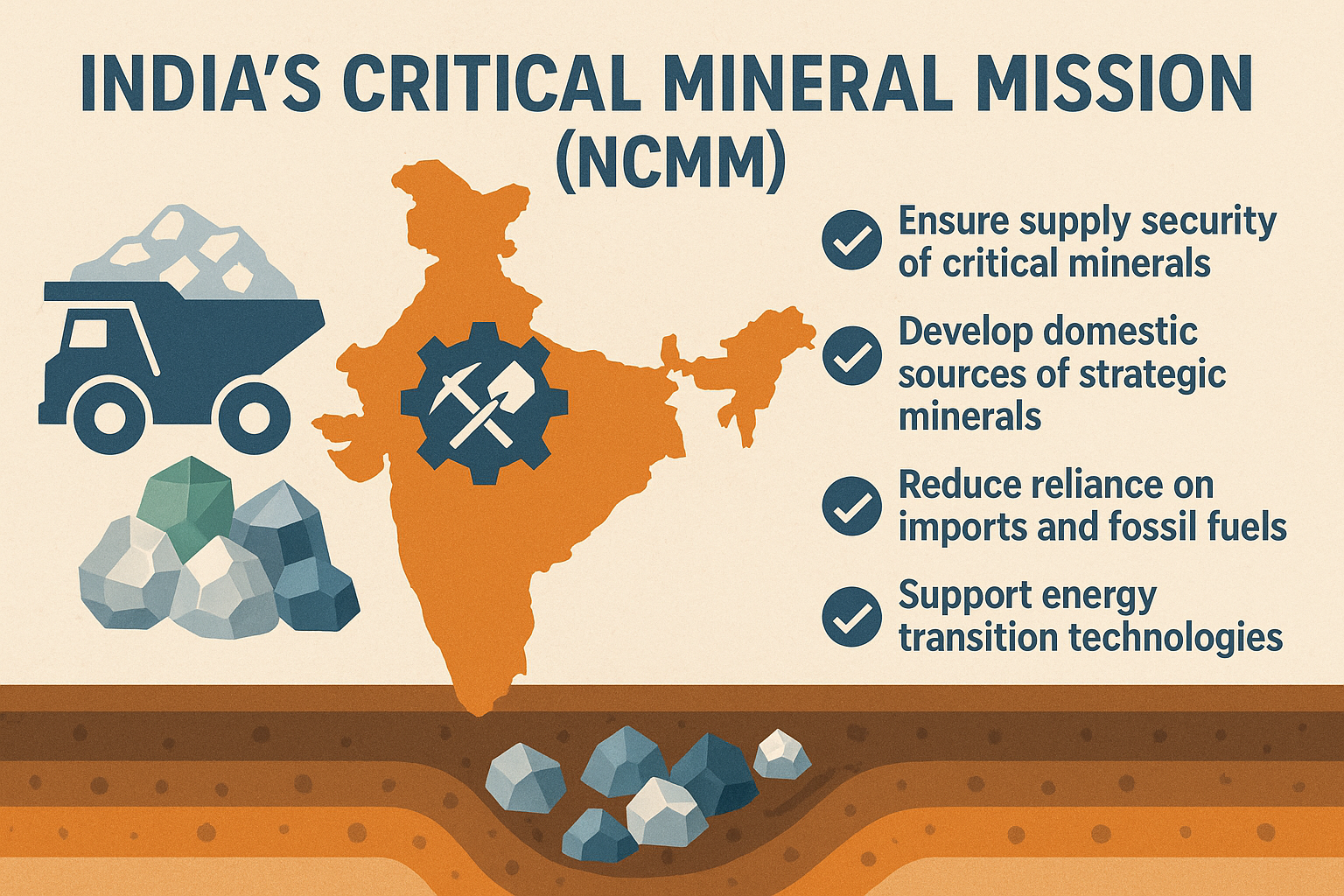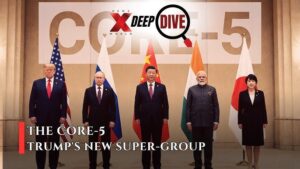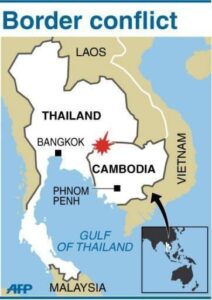Introduction
Critical minerals are essential resources for clean energy, advanced technology, electronics, transport, and defense.
In 2025, India launched the National Critical Mineral Mission (NCMM) to reduce import dependence, strengthen supply chains, and ensure mineral security for the green and digital economy of the future.
The Mission is a strategic blueprint that goes beyond mining, covering exploration, recycling, R&D, patents, and international cooperation.
Key Features of NCMM
Launch & Duration
Launched: January 2025
Duration: 7 years (2024–25 to 2030–31)
Financial Outlay
Proposed expenditure: ₹16,300 crore
Expected PSU and stakeholder investment: ₹18,000 crore
Incentive Scheme
₹1,500 crore scheme to boost recycling capacity from secondary sources like e-waste, lithium-ion batteries, and end-of-life vehicles.
Target:
Build 270 kilo ton annual recycling capacity
Produce 40 kilo ton of minerals
Attract ₹8,000 crore investments
Create 70,000 jobs
Institutional Framework
NCMM is backed by amendments to the Mines and Minerals (Development & Regulation) Act (MMDR Act).
The Central Government has the exclusive power to auction 24 out of 30 identified critical minerals.
What are Critical Minerals?
Definition: Minerals that are economically vital and strategically important, but face supply chain risks.
Importance: Key for clean energy, electronics, EVs, telecom, space, and defense.
India’s Critical Mineral List (2023) – 30 identified minerals:
Antimony, Beryllium, Bismuth, Cobalt, Copper, Gallium, Germanium, Graphite, Hafnium, Indium, Lithium, Molybdenum, Niobium, Nickel, Platinum Group Elements (PGE), Phosphorus, Potash, Rare Earth Elements (REE), Rhenium, Silicon, Strontium, Tantalum, Tellurium, Tin, Titanium, Tungsten, Vanadium, Zirconium, Selenium, Cadmium.
Why Critical Minerals Matter for India
Energy Transition
Vital for solar, wind, and EV industries.
Without secure supply, India’s renewable and net-zero targets are at risk.
Clean Energy Applications
Solar Panels: Silicon, Tellurium, Indium, Gallium
Wind Turbines: Neodymium, Dysprosium (for high-strength magnets)
EV Batteries: Lithium, Nickel, Cobalt
Energy Storage: Lithium-ion systems (Lithium, Nickel, Cobalt)
Strategic Security
Rare earths and other minerals are critical for defense equipment, missiles, satellites, and advanced electronics.
Economic Growth
Ensures India’s role in global supply chains and strengthens domestic manufacturing under Make in India.
Components of NCMM
Exploration & Mining
Launch 1000+ projects to discover new reserves in India.
Encourage overseas acquisitions of mineral assets by PSUs and private players.
Processing & Value Addition
Develop processing parks for critical minerals.
Promote domestic refining instead of exporting raw ores.
Recycling & Circular Economy
Incentivize recovery from mine tailings, fly ash, red mud, e-waste.
₹100 crore set aside for pilot projects on unconventional sources.
Research & Innovation
Target: 1,000 patents by 2030.
Support R&D in extraction, processing, advanced applications.
Centres of Excellence (CoE)
7 CoEs established at IITs and national labs:
IIT Bombay, IIT Hyderabad, IIT (ISM) Dhanbad, IIT Roorkee
CSIR-IMMT Bhubaneswar, CSIR-NML Jamshedpur, NFTDC Hyderabad
Role: Drive cutting-edge innovation, supported by industry and VC funding.
Human Resource Development
Skill training, upskilling workforce in mining and advanced metallurgy.
Strategic Reserves
Creation of mineral stockpiles to ensure uninterrupted supply.
Patent Push under NCMM
Objective: Promote indigenous technology for critical mineral value chains.
Progress:
May 2025: 21 patents filed
June 2025: 41 patents filed
Patents granted: 10 (in two months)
Examples of Innovations:
Ytterbium-doped nanoparticles
Tungsten-polymer composite molds
Tantalum-doped NASICON electrolytes (for sodium-ion batteries)
Nickel vanadate thin films
Significance: Strengthens R&D ecosystem, reduces import dependency.
Global Dimension
Critical minerals are at the center of geopolitics.
Countries like US, EU, Japan, Australia are forming alliances to secure supply chains.
India is pursuing bilateral agreements and global partnerships for mineral sourcing.
Conclusion
Critical minerals are the “new oil” of the 21st century.
They are scarce, strategic, and vital for clean energy, digital economy, and defense security.
India’s National Critical Mineral Mission (NCMM) ensures:
Energy security & clean mobility
Technological self-reliance
Global competitiveness in green industries
With targets for recycling, patents, R&D, and exploration, the mission is a game-changer for India’s net-zero journey (2070) and its emergence as a critical mineral hub.
UPSC Pointers
Launched: 2025
Duration: 2024–25 to 2030–31
Budget: ₹16,300 crore (Govt) + ₹18,000 crore (PSUs/Stakeholders)
Critical Mineral List: 30 (released in 2023)
Incentive Scheme: ₹1,500 crore (recycling)
Targets: 1,000 patents, 7 CoEs, 270 KT recycling capacity
Institutions: IITs (Bombay, Hyderabad, Dhanbad, Roorkee), CSIR labs, NFTDC






